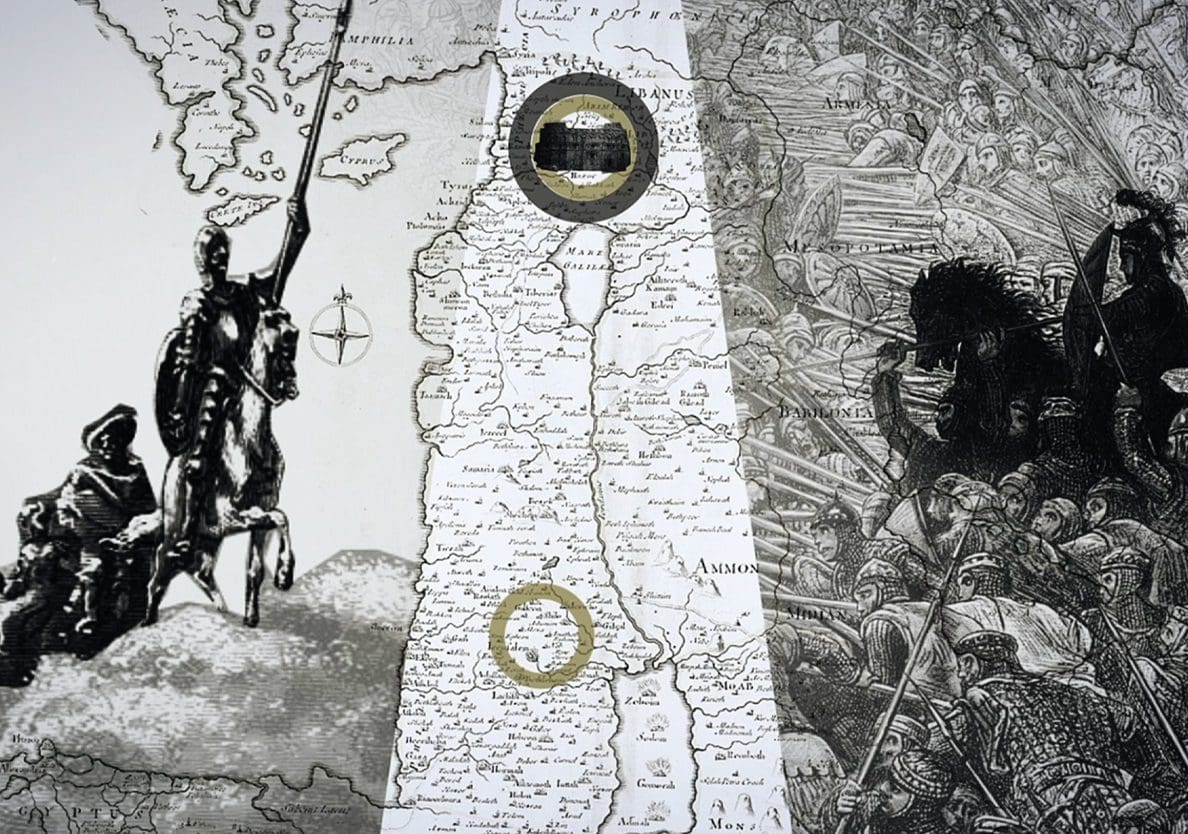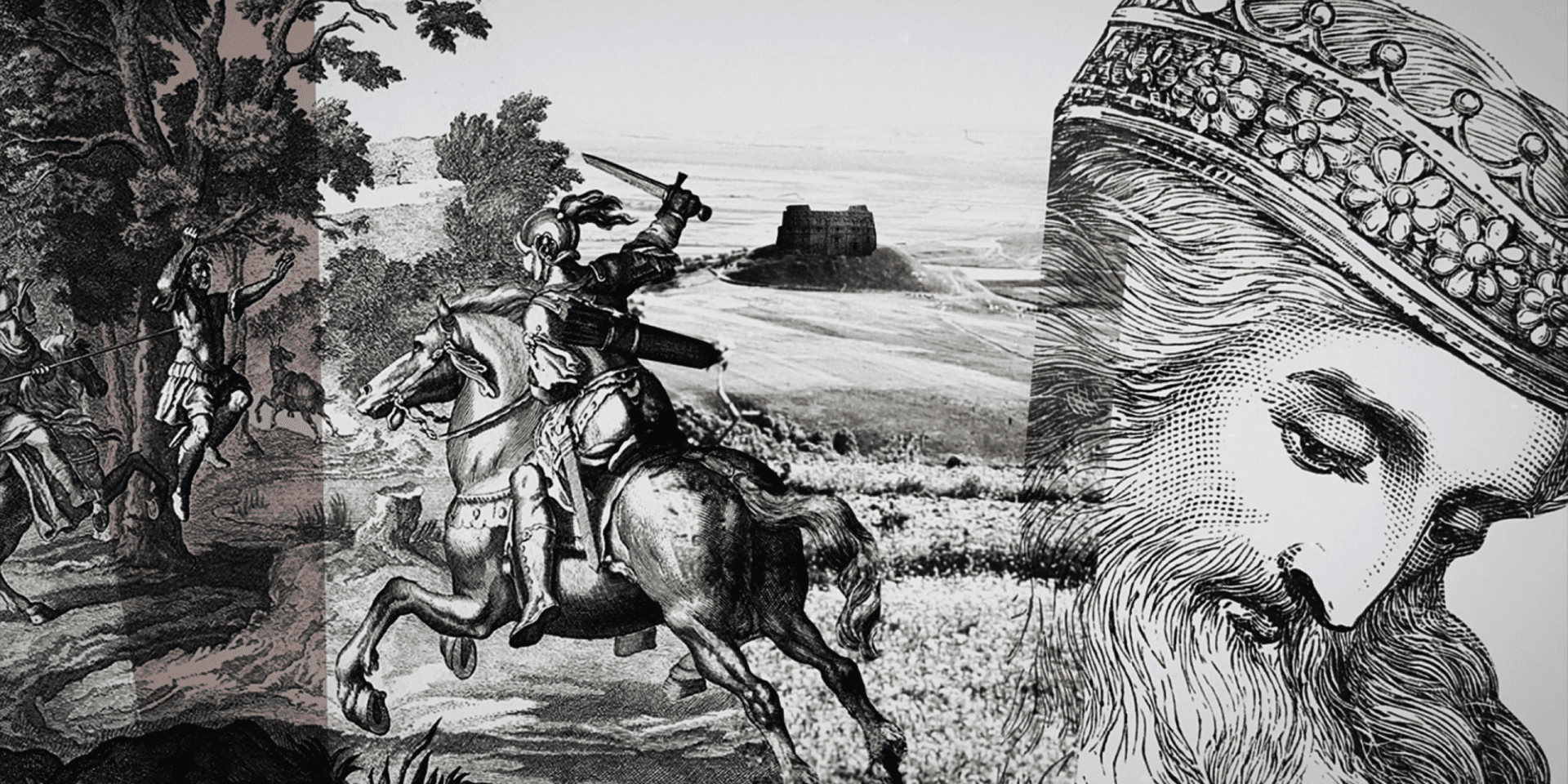In 2 Samuel 20, we’re introduced to a city named Abel Beth Maacah. This city is brought to the forefront of Israel’s national drama after the end of Absalom’s rebellion against his father King David–––the tribes decided to invite David back to Jerusalem as their king, but peace was fragile.
A man named Sheba ben Bikri launched another rebellion, calling all other dissatisfied Israelites to arms. This Sheba travelled the entire length of the country to one of the northernmost cities in Israel: Abel Beth Maacah. Here he settled in, but Joab and the rest of David’s mighty men caught up with him. David’s army surrounded the city in a siege, built a siege ramp against it to allow access to its wall, and began to attempt to break through the wall. They were interrupted by the city’s Wise Woman.
“They used to talk in former times, saying, ‘They shall surely seek guidance at Abel,’ and so they would end disputes.”
Wise Woman of 2 Samuel 20:18
This Wise Woman must have held some sort of civic responsibility that was compelling enough to grant her an audience with the enemy military leader. Her speech to Joab not only convinced him to stop his efforts to break through the wall, but it also gives us some interesting information about Abel Beth Maacah. The Wise Woman appeals to the history of her city by saying that “They used to talk in former times, saying, ‘They shall surely seek guidance at Abel,’ and so they would end disputes.” (2 Samuel 20:18). This tells us that Abel Beth Maacah was known for its wisdom or had a sanctuary or perhaps high place where people would inquire of God. She also refers to herself, and possibly the city itself, as a mother in Israel. The judge Deborah was also called a mother in Israel (Judges 5:7), so this term may have been used to emphasize the importance of certain central cities (mothers) who were responsible for outlying villages (daughters). After chastising Joab, “Why do you want to swallow up the Lord’s inheritance?” (2 Samuel 20:19), Joab agrees to call off his men, while the woman gets the head of the traitor Sheba and throws it over the wall.
Today, excavations at Abel Beth Maacah (2013 – present) have helped illuminate the Biblical mentions. Abel Beth Maacah is located close to the city of Dan[1] at Ancient Israel’s northern border. In fact, Abel Beth Maacah was located on the border between Israel, Phoenicia and Syria (Aram-Damascus). Because of this, the city would have been a focus of various power struggles.


Despite this important location Abel Beth Maacah is only mentioned three times in the Bible: one account in 2 Samuel 20 and two accounts of takeovers in 1 Kings 15 (Aramean conquest) and in 2 Kings 15 (Assyrian Conquest).
From the time period of the judges (Iron Age 1, 1200-1000BC) a large complex, cultic areas and houses have been excavated, with one of the most exciting finds being a small hoard of silver including jewelry from one of the homes.[2] From the time of the early monarchy, in the remains of a large public building, a jar of hundreds of (425) animal ankle bones – sheep, goat, deer – were found. This may point to the building’s use as a place of divination. Also from this time period, but from a different building near the top of the Tel, a small statue head was discovered (approximately 2”x2”). Scholars believe that this statue head may represent a king of Israel (Ahab or Jehu), but it certainly portrays someone important, a diplomat, emissary or king.[3]

Corie Bobechko is a daily co-host, speaker, and writer of Bible Discovery. She also hosts a YouTube channel that shows how history and archaeology prove the Bible. Her heart for seekers and skeptics has led her to seek truth and share it with others. Corie also has a Bachelor of Theology from Canada Christian College.
[1] In the Septuagint, the city of Dan is mentioned in 2 Samuel 20. This may possibly link the cities histories as oracular or cultic centres. It was the city of Dan where Jeroboam I chose to put up his cult idols. Some scholars have tried to make the association of Abel Beth Maacah as a mother city, Dan as a father city.
https://www.baslibrary.org/biblical-archaeology-review/45/4/2
Panitz-Cohen, Nava, and Naama Yahalom-Mack. “The Wise Woman of Abel Beth Maacah,” Biblical Archaeology Review 45.4 (2019): 26–33,88.
[2] Panitz-Cohen, Nava, et al. “Archaeological Views: A Silver Lining at Abel Beth Maacah,” Biblical Archaeology Review 42.4 (2016): 22–23.
https://www.baslibrary.org/biblical-archaeology-review/42/4/10
[3] https://www.biblicalarchaeology.org/daily/ancient-cultures/ancient-israel/were-there-arameans-at-abel-beth-maacah/
https://www.biblicalarchaeology.org/daily/news/iron-age-royal-abel-beth-maacah/
Naama Yahalom-Mack, Nava Panitz-Cohen, and Robert Mullins, “From a Fortified Canaanite City-State to ‘a City and a Mother’ in Israel: Five Seasons of Excavation at Tel Abel Beth Maacah,” Near Eastern Archaeology 81.2 (2018), p. 154.






